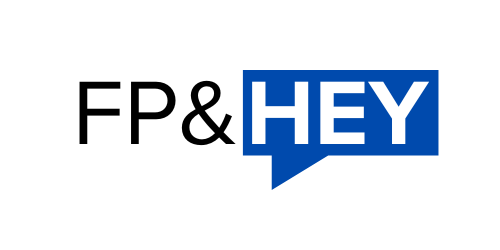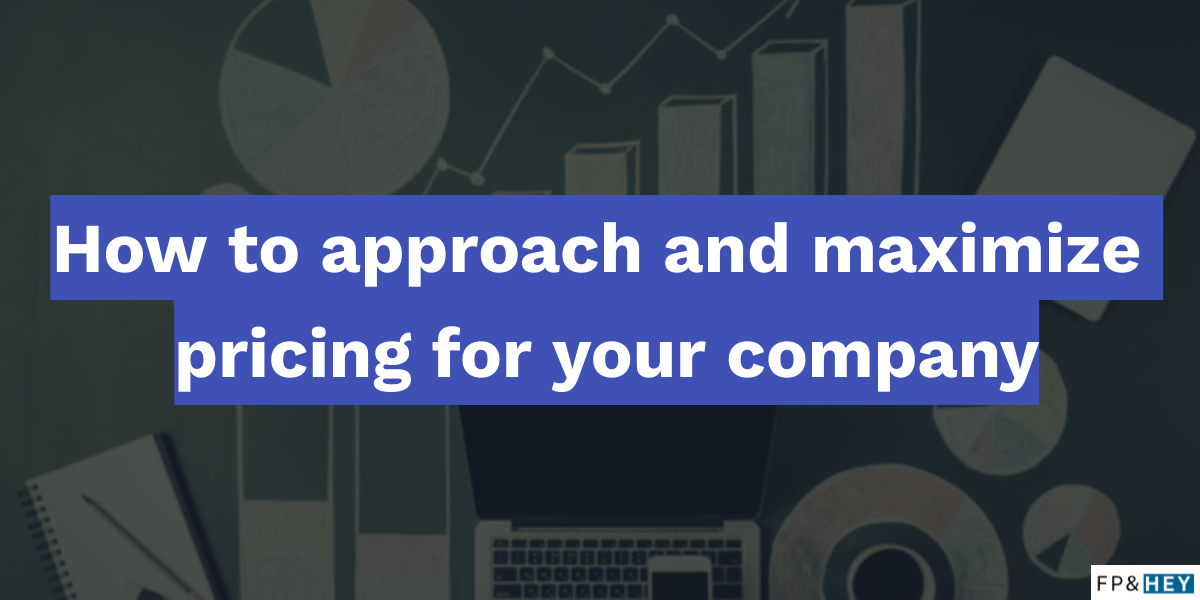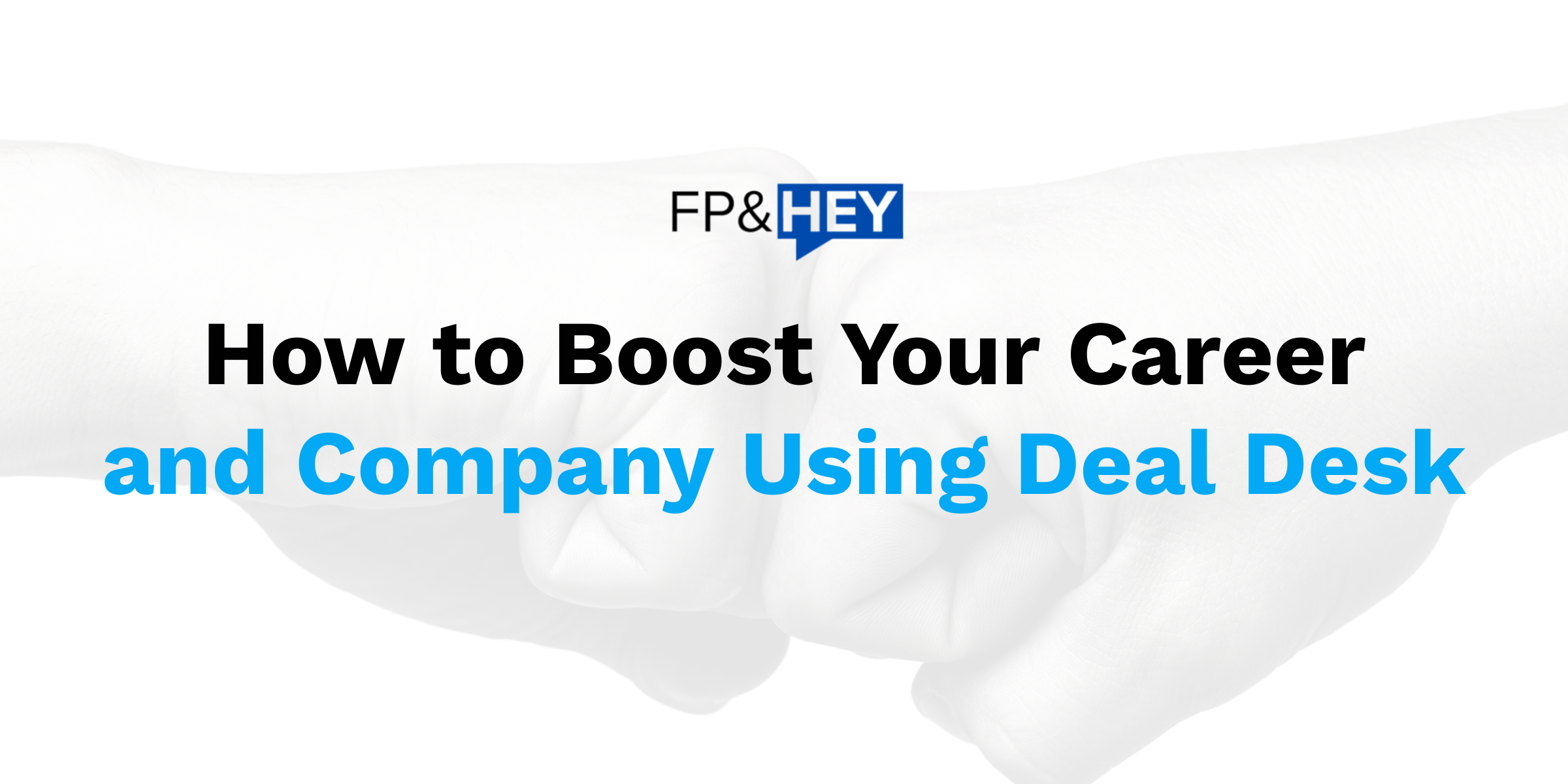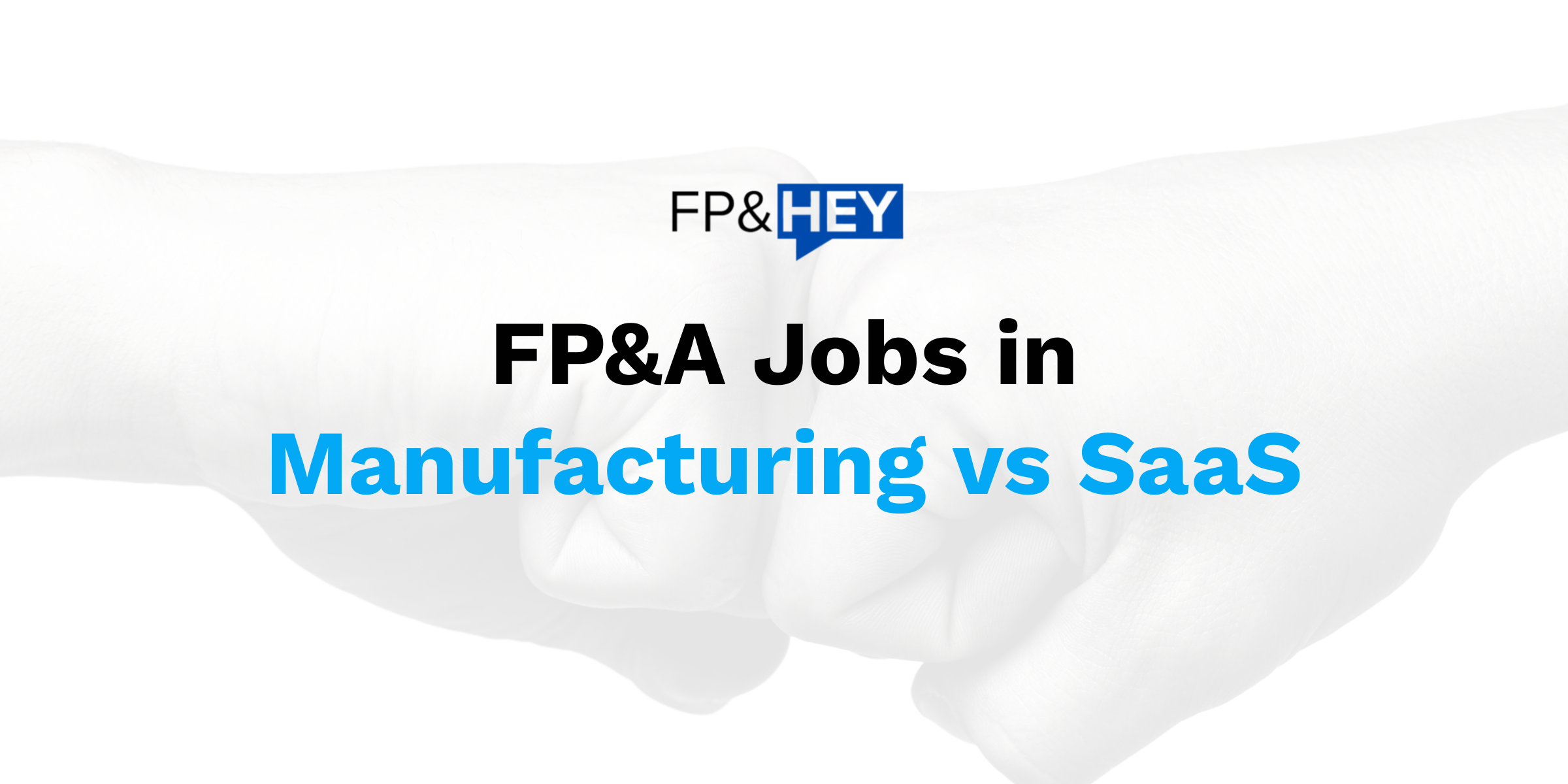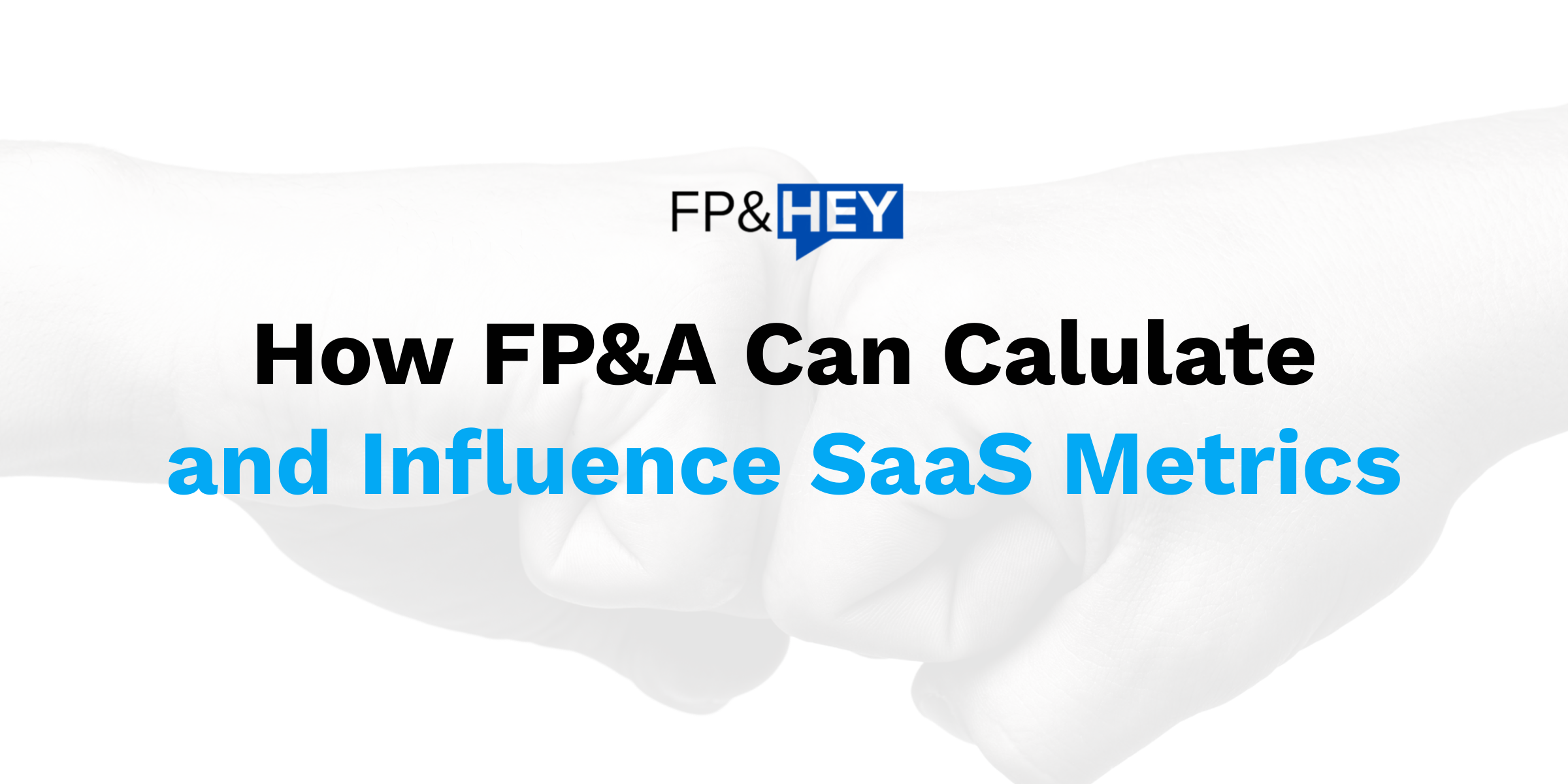What if you could help your business partners close deals two times faster?
It’d be a game-changer, right?
We have been involved in over 10,000 customer deal negotiations over the past 10 years in our collective FP&A experiences.
That’s over 20 deals per week!
Being involved in many deals has led us to create a streamlined approach that removed spreadsheet work and built rock-solid business partner relationships with our sales teams.
It also got us promoted faster because we helped our companies close more profitable deals faster.
Faster deal closings ➡ Happier business partners ➡ Faster promotions
Understanding things like internal cost to serve, competition offerings, and your own customers’ willingness to pay (aka value-based pricing) all play key parts in nailing down the ideal price to win the deal.
Let’s dive in.
What is pricing and why is it needed?
Pricing is effectively the price a customer is willing to pay in exchange for products and services.
The higher the price, the more (perceived) value it is to your customers.
For example, you buy a hamburger at McDonald’s for one dollar. You buy the burger at that price point because you perceive its value at $1. However, if you bought one from Shake Shack, you’d shell out close to $10!
Why?
Because of customer perceptions. And pricing reflects those perceptions.
Judging by Shake Shack’s $2B market cap as of today, people are more than happy buying $10 burgers.
Same reason why someone would pay $100k for a Tesla car vs. $30k for a Honda.
Pricing is important because it’s a lever that companies can pull to increase revenues. But it must be handled delicately.
Increase too much and you may lose customers. Don’t increase at all but watch profits erode.
Read on to understand the 3 different types of pricing you can utilize for your company.
What you will need to effectively analyze pricing
The primary pricing strategy you choose for your business will greatly depend on the industry you’re in.
We’ll cover three approaches to help you understand which pricing strategy may be most appropriate for your business.
Here’s what you’ll need:
- Cost to serve analysis for all your products and offerings
- Comparison of your competition’s products and offerings to your own
- Understanding your customers’ willingness to pay for various benefits and features
The above requires internal product activity drivers, competitive intelligence work, and talking with existing customers.
This means exiting your spreadsheets and start talking to people. 🙂
Added bonus: talking to people will help you learn your business model. That knowledge will get you promoted FASTER.
Pricing strategy #1: Cost-plus pricing
Cost-plus pricing sets selling prices based on a markup percentage of variable costs.
In a nutshell, charge more than what it costs to make your product and/or service.
So the starting point in establishing this price point is gross margin.

Let’s say My Company has a target gross margin of 70% for its Starter product and the variable cost-to-serve (CTS) is $10. That means the target selling price needs to be $33 to achieve a 70% gross margin.
You may not have the same gross margin target for each product you offer.
This pricing model is super simple and is a great way to understand how much money you can expect to make based on the products you sell.
Gas stations live by this pricing strategy.
For other businesses, this pricing model should be understood to nail down unit economics (aka don’t lose money), but there are other things to consider to maximize your price point.
Here’s more info on how to calculate CTS and present deal profitability.
You are now dangerous in one of three pricing strategies, let’s keep going.
Pricing strategy #2: Competitor-based pricing
Competitor-based pricing sets selling prices based on the competition’s prices.
Now you need to do some competitive intelligence to understand what the competition offers and how much they sell it.

If you have two competitors in your space, figure out how they offer similar products and at what price points.
In the above example, Competitor 2 has the highest price point and offers everything My Company provides.
How does My Company’s product stack up quality-wise versus Competitor 2?
What is My Company’s pricing strategy goal? To be less expensive than the competition or to promote higher quality which warrants a higher price point?
These are great questions to ask your c-suite friends in order to nail down your company’s long-term strategy.
Also, note that Competitor 1 doesn’t have a product with Live Support 24/7. This is a benefit to highlight to potential customers.
Do customers value this benefit enough to pay more?
Highly competitive retail companies live by this pricing strategy.
For other business models, this pricing strategy should be to ensure the price points of like products in the market aren’t wildly different. And if they are, understand how to explain the extra benefits the customer receives as a result of paying more.
Now you know two out of three pricing strategies, your path to promotion is getting clearer and shorter!
Pricing strategy #3: Value-based pricing
Value-based pricing sets selling prices based on how much the target customer believes the product is worth.
This pricing strategy takes the MOST effort but can have the HIGHEST payoff long-term for your business.

If you have two target customers in mind, figure out what benefits they are willing to pay for and how much they would be willing to pay.
This process takes time, but the end result will be customer segmentations that help you build a product that fits exactly what your target segments want at the price point they are willing to pay.
In the above example, Customer A is a large security company willing to pay $90. They require live support and put most of their value on the Protects Files benefit of the product. Marketing initiatives targeting this segment should HAMMER this benefit.
Customer B is a smaller retail company with 20 employees. They don’t care for the Protect Files benefit and don’t require Live Support 24/7. This may be an opportunity to change the bundling approach to not include Protect Files and live support features at a lower price point.
The best-in-class SaaS companies use this pricing strategy to grow revenues, profits, and customer satisfaction.
And wait for it…..you now have working knowledge of all three pricing models!
Here’s how you get the rest of your organization involved in ongoing pricing strategy decisions, which will build your network and get you on the fast track to a promotion.
Bringing it all together: Stand up a pricing committee
Now it’s time to bring your organization together to develop a thoughtful and value-increasing pricing strategy. Do this by setting up a pricing committee.
You’ll want to involve leadership from the following areas:
- Product
- Corporate Development
- Finance
- Sales
- Marketing
- Operations
There also needs to be ONE key decision maker. This can be the CEO or a member of the committee.
The group above can help tackle the three pricing strategies we discussed to triangulate what to build, who to target, how to price, and what metrics to track to ensure progress is being made.
Conclusion: Maximize price, maximize your career
Well, there you have it.
3 pricing models that you can effectively analyze, implement, and maximize for your company.
Not only will this put you in a great position to maximize price and sales for your company, but will also put you on the fast track to promotions and a seat at the table.
You’ll bring a vast set of pricing knowledge to your company and help them navigate the muddy water of price.
Above all else, remember that price is an evolving process. It will change. Embrace change.
How do you feel about pricing now?
Let us know and we’ll share your thoughts in our next posts.
Now go have fun making an impact on your business and your career!
Cheers,
Drew & Yarty
PS: This post is 100% human-made

